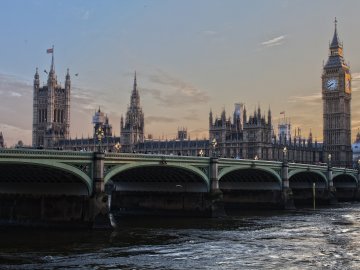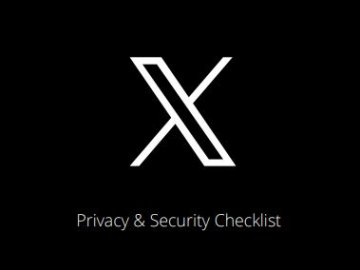To assist in ensuring a safer online experience for young people, new default settings for younger teens have been announced by social media platform, Instagram.
Instagram has over 1.44 billion active users and is one of the most popular social media platforms for teens globally. The new default settings fall under the Sensitive Content Control which has only two options for teens : ‘Standard’ and ‘Less’.
These settings control how much sensitive content the user can see from people they don’t follow. Content can include posts that don’t break community guidelines but may still be considered upsetting to some e.g. potentially violent material.
Sensitive Content Control Update
‘Standard’ is the default state and will prevent people from seeing some sensitive content and accounts, while ‘More’ shows more such content. For people under the age of 18, the ‘More’ option is unavailable. ‘Less’ means they see less of this content than the default state.
With the new control options, the ‘Less’ state default setting will now automatically apply to new teens to the platform who are under 16 years old.
For teens who are already on the platform, Instagram confirmed that a prompt will be sent, encouraging them to select the ‘Less’ state.
The new default setting to ‘Less’ is to make it more difficult for teens to come across potentially sensitive content or accounts in Search, Explore, Hashtag Pages, Reels, Feed Recommendations and Suggested Accounts.
In December, the platform also announced it had rolled out additional default privacy settings for teens which included an off default setting. This setting does not allow users to tag or mention teens who don’t follow them.
Additionally since last year, all under 18 users were defaulted into a private account when joining Instagram. This was done to help to protect them from dealing with unwanted DMs or comments from strangers. Research by Instagram showed that young people when young people could choose between a public or private account, they preferred the private setting, with eight out of ten teens accepting the private default setting when signing up. Young people still have a choice to switch to a public account should they prefer that option.
Update Safety and Privacy Settings
Instagram added that they are also currently testing new ways to encourage teens to update their safety and privacy settings. This will include prompts to review settings which will provide greater control over who can contact the user, who can re-share their content, what content can be seen and how to manage their time on the platform.
New parental controls on Instagram in the UK also came into effect from June which included advice on the number of hours a teen spends on the app, as well as who they are followed by and who they follow.
It has also introduced new tools, such as Topic Nudges and Take A Break to support wellbeing among teens. Topic Nudges encourages young people to discover new topics, rather than dwelling on the same for too long. No nudges may be linked to appearance comparison.
In the US, the app has also started providing a menu of options to understand age, including face-based-age-prediction and ID verification.
Report Harmful Content
Despite all the updates to settings to assist in protecting teens’ privacy and safety, there is still the risk that young people may still be exposed to harm online. You can download the Instagram checklist for more information on privacy and security settings.
SWGfL’s Report Harmful Content can offer support and guidance to anyone over 13 if they have experienced harmful online content and are looking for help. This can include a number of online harmful behaviours such as harassment, bullying, online abuse, unwanted sexual advances, threats or impersonation, among others.






